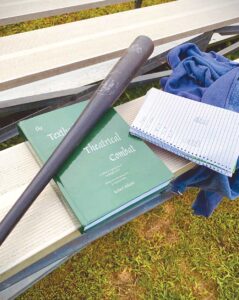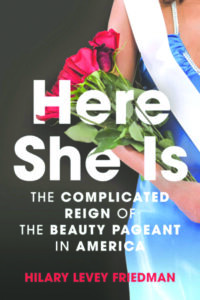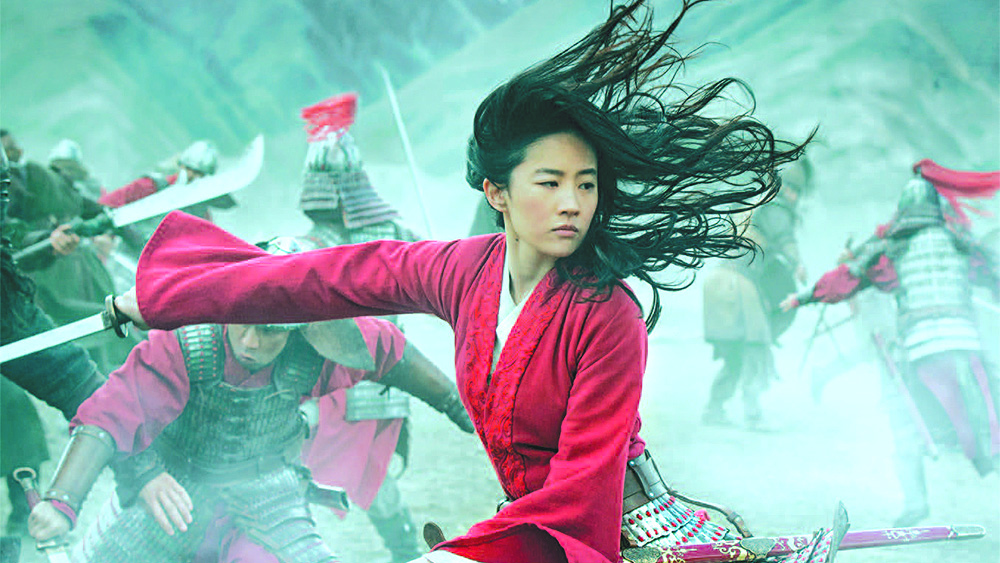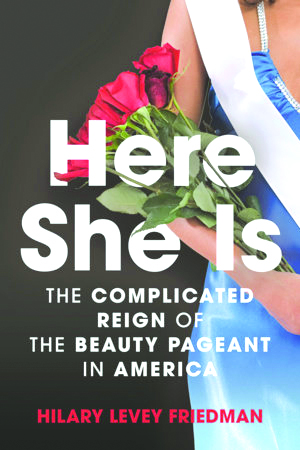Here She Is, by Hilary Levey Friedman (Beacon Press, 225 pages)
Mark Zuckerberg, as it turns out, wasn’t the first entrepreneur to gather pictures of women and ask people to rate them. That distinction belongs to P.T. Barnum, the 19th-century showman.
In 1854, not long after he started his National Poultry Show, Barnum proposed a contest that would judge America’s “Handsomest Lady.” That didn’t get much traction, so the next year he launched the “American Gallery of Female Beauty,” a collection of daguerreotypes (the first, crude forms of photographs) that he believed would show that “specimens of American beauty will compare favorably with any that the Old World can produce.” The pictures would be displayed at Barnum’s New York museum and visitors would vote to decide who was the most beautiful.
Alas, we will never know the winner, since the images were destroyed by a fire that viewers of the movie The Greatest Showman will remember. But as Hilary Levey Friedman writes in Here She Is, a history of the Miss America Pageant, Barnum had a sizable hand in what would evolve to be pageant culture in America (if not “The Facebook”).
Friedman, a sociologist at Brown University, comes naturally to the topic, having grown up steeped in pageant culture. Her mother, Pamela Eldred, was Miss America in 1970, and shelves in their home contained not just books but crowns. She remembers reading books in the audience as a child while her mother was emceeing pageants or judging them. Friedman, however, was not a contestant; she writes frankly of not being “pageant material.”
“Like most nine-year-olds in the 1980s, I was in desperate need of orthodontia and perhaps some better corrective eyewear. But I would have been able to overcome these (temporary) impediments had I been physically beautiful — which I am not.”
Still, she says “sequins and rhinestones were in my DNA” and she loved pageantry, and especially the Miss America Pageant, which celebrates its 100th anniversary next year. Rather than being a wholesale denigration of women, beauty pageants, she argues “trace the arc of feminism.” It’s easy to heap criticism upon pageants and the women and girls who compete in them. “Yet, winning means something,” Friedman says. “Many dismiss beauty pageant contestants, until someone they know wins.”
Few, of course, do. Just 92 women and girls have been Miss America (the first two winners were 16); it is said that parents are more likely to have a son win the Super Bowl than to have a daughter become Miss America. But pageants are intimately entwined with American history in the past 100 years, in surprising ways.
Take the “Miss Whatever” sash, for example. Friedman explains that sashes were borrowed from parades advocating for women’s suffrage, which in turn borrowed them from the military. They may seem silly today, but they have noble origins. And “Miss America” itself is a much more respectable title than some of the earliest pageants; be grateful we no longer have an International Pageant of Pulchritude or baby parades, which later gave way to a “Juvenile Review,” judging of specimens of children over the age of 5. In 1932 the Pennsylvania State Board of Health had to condemn this “deplorable exploitation of childhood,” but baby pageants and parades continued in force until a polio outbreak in 1950 slowed them down.
You can’t talk about child pageants without thinking of JonBenet Ramsey, the Colorado child found murdered in her basement in 1996 just weeks after having been crowned “Little Miss Christmas.” Although child pageants had existed throughout the century, it was this child’s death that made the nation horrified by them. JonBenet became a “reverse ambassador” for child beauty pageants (even though she herself had just participated in 10 pageants). Though an admitted fan of pageants in general, Friedman also describes herself a third-wave feminist, and she is sober in her assessments, writing, “I have found, like most parents, child beauty pageant moms seem to have the best intentions for their daughters’ long-term success in life. But those intentions come with a high price tag and lasting implications.”
Friedman also casts a skeptical eye on the promotion of pageants as launching pads for professional success. While it’s true that the Miss America organization has been the largest provider of scholarship money for young women since the 1940s, the winners have not (yet) become neurosurgeons, jet pilots, investigative journalists, coders and CEOs, as promotional material for the 2020 pageant (canceled, of course) imply. “No recent Miss America winners have done any of those things professionally,” Friedman writes, adding that “this brings into stark reality that it is unclear how Miss America is preparing the world for great women.”
Hers is a refreshing take on a surprisingly complicated story, and Friedman is an engaging writer and serious thinker who frames the history of Miss America in a portrait that even people uninterested in beauty pageants can enjoy. A
BOOK NOTES
A new children’s book called Yorick and Bones (HarperAlley, 144 pages) stirs thought about how many books have been published under the influence of Shakespeare, and also about the phenomenon of parent authors who write books with their children.
Yorick and Bones, comically billed as “The Lost Graphic Novel by William Shakespeare,” is written and illustrated by Jeremy Tankard (author of the Grumpy Birds series) with his daughter Hermione. It’s about a dog that digs up a skeleton, Yorick, that has been animated by a spilled magic potion that seeped underground.
Yorick, Shakespeare fans might recall, is the court jester in “Hamlet” whose skull is exhumed in Act 5. (“Alas, poor Yorick! I knew him, Horatio, a fellow of infinite jest, of most excellent fancy!”)
At first the skeleton is thrilled about being freed from the earth; he has been longing for friends, and for a sausage. But there is a potential problem: the dog, of course, wants bones to eat. It is a delicious story made even more appetizing by the fact that it is written — because all genius has a touch of madness — in iambic pentameter, because why not? Not being age 8 through 12, and not having children this age, I’m not the target audience for this book, but I still want to read it and many sequels. Here’s hoping the dog finds other skeletons to dig up.
As for other Shakespeare-inspired books, there are at least three others this year: Christopher Moore’s Shakespeare for Squirrels, reviewed here last month (William Morrow, 288 pages), James Shapiro’s Shakespeare in a Divided America: What His Plays Tell Us About Our Past and Future (Penguin, 320 pages), and Kathryn Harkup’s Death by Shakespeare, Snakebites, Stabbings and Broken Hearts (Bloomsbury Sigma, 368 pages).
For parent-child collaborations, what comes first to mind is Stephen King and Joe Hill’s short story “Throttle,” and novelist Lisa Scottoline and her daughter Francesca Serritella, who have written five humorous books together.
There is, of course, also Mary Higgins Clark, who writes with her daughter Carol Higgins Clark, and closer to home, New Hampshire’s Jodi Picoult, who has written two books with her daughter Samantha van Leer.
As for Shakespeare, he reportedly had three children, none of whom authored any books of which we know.






















